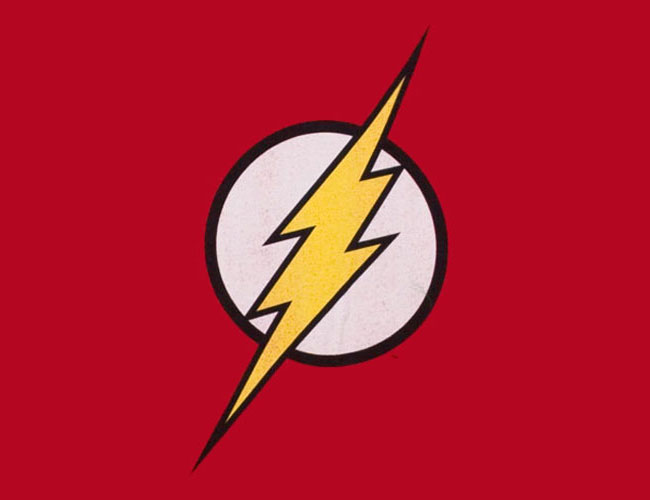Google To Disable Flash In Chrome This Autumn

The search giant is looking to phase out Adobe’s Flash in favour of HTML5 amid battery and security fears
Google has put forward a plan to effectively disable Adobe Flash in the Chrome browser later this year as part of an ongoing industry drive to phase out the much-maligned technology.
Flash is used by some of the web’s top sites, including YouTube and Facebook, but pressure has grown to shift to alternative technologies such as HTML5 because of the frequent, serious vulnerabilities in the Adobe software.
Flash phase-out
 The technology is also said to be a battery drain for mobile devices, which helped Apple make the decision to block its use on the iPhone.
The technology is also said to be a battery drain for mobile devices, which helped Apple make the decision to block its use on the iPhone.
Now Google developers have said they intend to make changes to Chrome this autumn that will effectively drop Flash’s use in the browser, with some exceptions.
Users will be able to modify the feature or switch it off, Google said. The feature is set to be implemented in the third quarter of this year.
“Later this year we plan to change how Chromium hints to websites about the presence of Flash Player, by changing the default response of Navigator.plugins and Navigator.mimeTypes,” Google said in a message to developers. “If a site offers an HTML5 experience, this change will make that the primary experience.”
Chromium is the open-source project from which Google draws the source code for Chrome.
Temporary whitelist
The company added that Flash Player will continue to be provided with Chrome, and if a site has no non-Flash options a prompt will allow users to enable the technology’s use on that site.
To ease the transition, Google said it plans to temporarily whitelist 10 Flash-based websites, including YouTube, Facebook, Yahoo, Amazon and others, with the whitelist planned to expire after a year. Google said it would revisit the list during the course of the year to remove sites that no longer needed the exception.
Chrome will get new policy controls enabling enterprises to modify how Flash works in the browser, including “completely disabling” the Flash-blocking feature, Google said.
Adobe issued the most recent security alert for Flash in April, saying that a previously undiscovered flaw was being actively exploited to attack Windows 10 systems.
Fully one-third of the patches in Microsoft’s 11 May security update were for Flash, which is embedded in the IE and Edge browsers.
Are you a security pro? Try our quiz!